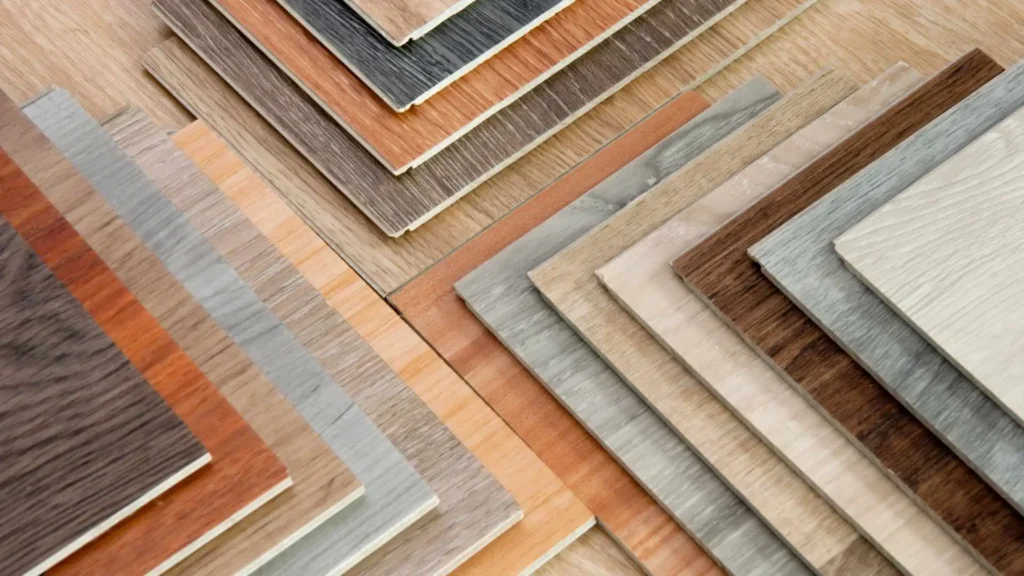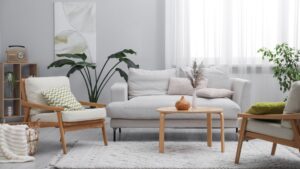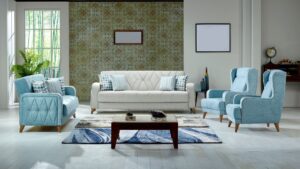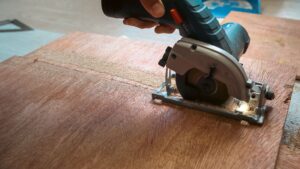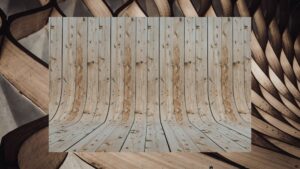Decorative Veneer is a great way to give your furniture and interiors a beautiful high end finish without the cost of solid wood. They add charm from the elegance to your home’s office and commercial spaces. But if you are not careful using Veneer the wrong way it can lead to a lot of issues like peeling, warping or even an unattractive finish.
Choosing the wrong type of Veneer
Not all Veneer is the same. Some are made from hardwoods like teak walnut or oak while others might be reconstituted or even engineered. People often pick Veneer just based on appearance without considering where they will be used. match the Veneer type on purpose. For example you can use durable moisture resistant Veneer in kitchens or bathrooms.
Ignoring the substrate quality
Veneer is basically pasted on a base called substrate like plywood or MDF. If the base is only of poor quality the Veneer might not stick properly or might start to bubble even later. Always use flat, clean and good quality substrate. Plywood it’s often a better choice for strength and long term performance.
Poor surface preparation
It is a very common mistake a lot of people skip the preparation stage or don’t clean the surface properly before applying the Veneer. This can cause poor adhesion which might cause peeling. You must always make sure that the surface is dry dust free and also smooth before applying Veneer.
Using the wrong adhesive
The type of glue used to apply Veneer plays a very important role in how well it sticks. Using the wrong adhesive or not applying it evenly can even lead to bubbles or edges lifting with time. using a high quality adhesive that’s suitable for that type of Veneer and substrate is very important.
Incorrect application technique
Simply pasting the Veneer under the surface is not enough. Improper pressing or not using enough pressure can even cause bubbles and uneven finishes. You need to apply even pressure using clamps or rollers. For best results you can use hot press or cold press machines if available.
Skipping edge banding
Some people forget or even ignore the edges of furniture after applying Veneer. This looks unfinished and also makes the Veneer more likely to peel off from the sides. You need to always use edge banding or vineyard tape to seal the edges. This makes the piece look complete and also protects it from damage.
Not sealing the Veneer properly
Veneer is made of real good and it can absorb moisture, fade or get stained if left unprotected. A common mistake is not sealing the furniture after application. So it is very important for you to apply a good quality sealant Polish after Veneer. This helps protect the surface and makes it very easy to clean.
Over sanding the Veneer
While sanding is very important before applying Polish or varnish, a lot of people make the mistake of sanding too much. Veneer is very thin and aggressive sanding can wear through the layer and ruin the look. You can sand lightly with fine grit sandpaper. Be gentle and avoid sending the same sort for too long.
Ignoring grain direction
This might seem like a small thing but the right direction of the wood grain impacts the final appearance. Random brain patterns or mismatched pieces can just make the furniture look really awkward and unprofessional. Always align your grain patterns correctly when joining multiple sheets.
So above all you need to know that decorative Veneer is a fantastic way to elevate the beauty of your interiors whether you’re updating your living room, designing a modern office or just creating a stylish retail space. But to make the most of them you have to use them the right way.
